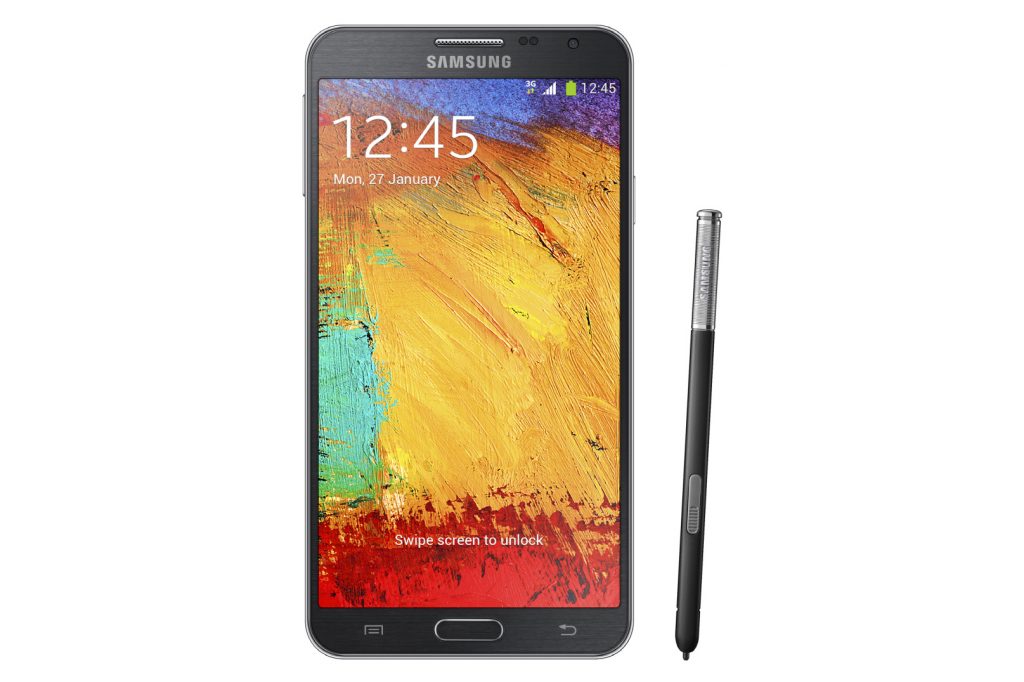Last Updated on July 17, 2022 by Mathew Diekhake
There are many applications out there — both from the Google Play Store and other sources online — that require what we call root permissions to run. An app that needs root permissions doesn’t mean that Google hasn’t accepted it or that it is not welcome online. It just means that the security measures Android needed to take to lock the operating system also took away the ability for these apps ton run. Consider it collateral damage if you will.
One of the reasons why it doesn’t matter in the end is because people can choose to root the Samsung Galaxy Note 3 smartphone if they want and make the operating system accept the installation of those apps once again. All you need to do is bear in mind the security you had on the device will now be weakened due to the free operating system required to root the operating system. A locked operating system and a locked device are two different things. Locked operating systems refer to apps being fenced in from one another, and nothing can pass through any of the technical gates in the way. An open operating system essentially means that apps can potentially move around the area if you allow them. That’s where rooting becomes dangerous and risky for anyone who doesn’t know what it is they are doing. Should you allow a hacker in your operating system, the root access makes it easy for him to move over to other apps such as your banking apps and see your details.

The rooting tool found in this guide for the Samsung Galaxy Note 3 smartphone is based on the JSS15J.N9008VZMUBNG2 firmware build number. Chainfire always gives us the build number of the firmware that he used to create the rooting guide, but he also states clearly that we do not need to flash that same firmware on our smartphones before we use the guide. He just gives us that information so we can use it as an indicator because there will be some Samsung smartphones and tablets that do not boot older images.
Files You Need
- Download the new CF-Auto-Root tool for the Note 3 SM-N9008V smartphone running on the Android 4.3 update from here.
- Download the Samsung USB Drivers from here.
Note that you do not need to install a custom recovery on the Samsung Galaxy Note 3 SM-N9008V smartphone before you start with this guide to root the smartphone. You can install a custom recovery either before or after you follow this rooting guide, and it will not make any difference.
Rooting with Chainfire’s CF-Auto-Root tool does always trip Knox security if you have a smartphone or tablet that has Knox security. Usually, Knox is reserved for what Samsung deems are its best devices.
Any device that is young enough to get official Android updates arriving over the air might find updates that bring new bootloaders with them. A new bootloader in an update is rare, but when they happen, they create temporary problems with the CF-Auto-Root tool. The developer of this rooting tool needs to see people leave messages on the official CF-Auto-Root thread that provide him with the updated version of the recovery image files so he can use that file to update the rooting tool on his end. Once he applies those updates, the rooting guide will work again, and those changes are also automatically reflected in our guides, so you do not have to worry about whether we have updated our post or not.

Rooting the Samsung Galaxy Note 3 SM-N9008V smartphone on the Android 4.3 Jelly Bean updates
- Unlock the Developer Options menu on the Samsung Galaxy Note 3 smartphone.
- Enable the USB Debugging Mode on the Samsung Galaxy Note 3 smartphone so it can connect to the computer via the USB cable and start using apps on the computer.
- Extract the CF-Auto-Root package on the desktop of the computer so you can use the Odin flashing app and the rooting exploit we are going to use.
- Run the Samsung USB Drivers on the computer so your flashing app is ready for your device to be connected.
- Double-click the mouse on the Odin executable file that is on the desktop so it opens on the desktop and you can see the user interface.
- Turn off the Note 3 smartphone and then reboot by holding the hardware key combination for the download mode and then connect it to the computer with the USB cable.
- Wait until you can see a yellow or blue color coming from the Odin flashing tool’s user interface before you advance to the next step. (That light is letting you know that your Samsung Galaxy Note 3 is detected and connected properly by the Odin flashing tool and that the driver are working. Those who do not see any light will need to download and install the drivers again until that light shows up. Sometimes it can take a computer reboot for them to start working if you are installing it successfully but Odin refuses to light up. For most people, though, that should not be a requirement, and you should see Odin detect your smartphone right away).
- Click the AP button from the Odin user interface and then browse the desktop for the rooting package that you already extracted there earlier. (Make sure you do not extract this rooting file a second time or else it will not flash or work. Once is all you can extract the file if you want it to work, even though the Windows operating system will technically allow you to extract it again).
- Do not change any of the default settings from the Odin user interface before you start with the flashing.
- Click the Start button from the Odin user interface.
- Look over at the display of your Samsung Galaxy Note 3 SM-N9008V smartphone and check that you do see some text eventually rolling down the screen that says it is installing the SuperSU on your phone, cleaning the cache, and then reflashing the stock recovery.
- Once you see that text on your phone, look up at the computer and wait until the Odin user interface gives you a green box with a pass message inside which is letting you know that your smartphone is now officially rooted and ready to unplug from the computer and the USB cable.
In conclusion, that is how to root the Samsung Galaxy Note 3 smartphone with the SM-N9008V model number when it is running on the Android 4.3 Jelly Bean software updates. You will find the Note 3 does automatically reboot no, and the SuperSU app is already available from the app drawer. There is nothing you need to do with the SuperSU application — just leave it sitting there and it will send a message your way after you install an app that requires the rooting permissions to run. Each app — whether it requires root access or doesn’t require root access — can be installed from the Google Play Store and other third-party sources online. The difference is after you click to open the app from your app drawer. Generally when your Samsung Galaxy Note 3 smartphone isn’t rooted, it just says this app cannot run. However, with root access, the SuperSU will now prompt you with a pop-up message asking if you want to grant the rooting permissions. Just say yes and then the app will run on your smartphone. You can install any version of the root checker application that is available on the internet and check whether your smartphone is rooted or not.
Anyone with the Samsung Galaxy Note 3 phone that does not have a rooted device after using the steps above can try installing one of the other versions of the Odin flashing tool. The Odin app never got an official release, so there are no change logs between published version, but Chainfire likes to give the latest version of the Odin app bundled in with his rooting tools. He does this with the assumption that the most recent version will have the least amount of bugs and will be compatible with the most number of devices — we agree with that assumption. However, we can also see times, where people are attempting to root a smartphone with the CF-Auto-Root tool and a particular version of the Odin application, is not flashing of a device. Those people then fix the problem by using another version, and we have witnessed it working. You can do the same thing by installing another version of the Odin app from our Odin downloads page.
Furthermore, those who still do not find the Samsung Galaxy Note 3 smartphone rooted might benefit from checking out whether the smartphone is getting into the recovery mode after doing the flashing. The developer of the CF-Auto-Root tool tells us that each device must be getting into the recovery mode after the flashing takes place or else the rooting will not have worked. For some unknown reason, that doesn’t always happen and sometimes we need to boot into the recovery mode manually after the flashing. You can do that by pressing the recovery mode hardware key combination manually on the Samsung Galaxy Note 3 after the flashing of the CF-Auto-Root tool, and you should find it is now rooted.
